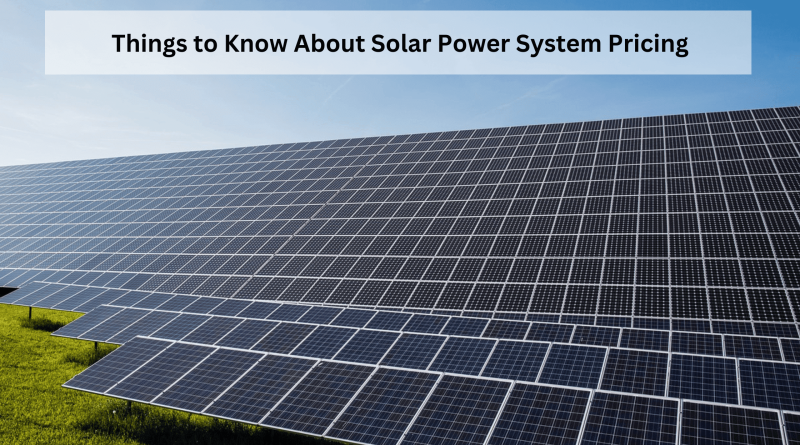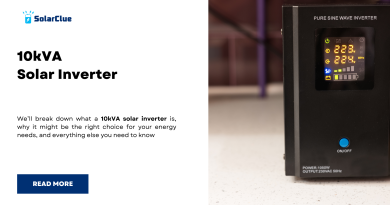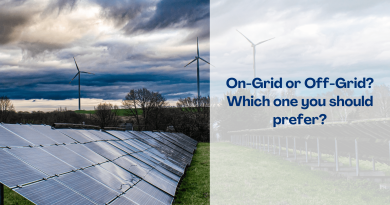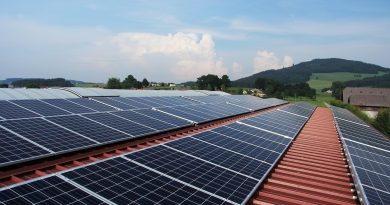Solar Rooftop Pricing: Key Facts Revealed
Everyone is trying to reduce their electricity bills or wants to generate their own electricity. As you already know, On-Grid Solar Power Systems help us generate electricity on our own and reduce our electricity bills.
Solar roofs have been gaining popularity as everyone gets to know the benefits of Solar. Through solar energy, i.e., the sun, they can sustainably generate energy. In this blog, let me explain to you the cost factors of a solar roof-top system.
The benefits you get from installing a solar roof are as follows:
- The goal of lowering your electricity costs will be achieved.
- You will get a subsidy from the government for installing rooftop solar on your roof.
- You can earn money by selling your excess power to the electricity grid.
- You are encouraging the reduction of fossil fuels in the environment.
- You are creating a way for others to encourage them to keep the solar panels.
Table of Contents
Factors that influence the cost of Solar Rooftop
-
Type of Panels: As mentioned earlier, the type of solar panels can impact the cost. Monocrystalline panels, known for their high efficiency, tend to be more expensive compared to polycrystalline panels. Thin-film panels are generally less expensive but have lower efficiency. Bifacial panels, with their ability to capture sunlight from both sides, can also come at a higher cost due to their advanced technology.
-
Types of Inverters: Inverters are crucial components of a solar power system as they convert the direct current (DC) generated by the panels into usable alternating current (AC) electricity. Different types of inverters include string inverters, microinverters, and power optimizers. String inverters are typically the most cost-effective option, while microinverters and power optimizers can provide benefits such as individual panel monitoring and increased system efficiency, but at a higher cost.
-
Type of Structure: The structure of the building or roof where the solar panels will be installed can affect the pricing. If the structure is complex or requires additional effort for installation, such as steep roofs or multiple-level buildings, the labour and equipment costs may increase. In some cases, structural modifications or reinforcements may be necessary, which can add to the overall cost.
-
Paperwork: The paperwork and permits involved in the installation process can also impact the pricing of a solar power system. This includes obtaining permits from the local authorities, interconnection agreements with the utility company, and any necessary documentation for claiming incentives or tax credits. The complexity and time involved in obtaining these permits and completing the paperwork can vary depending on the location, which can indirectly affect the overall cost.
It’s essential to consider all these factors when assessing the pricing of a solar power system. Consulting with solar installers or professionals can help provide a comprehensive understanding of the costs and assist in selecting the most suitable options for your specific project.
Financing Options
There are different financing options available for homeowners interested in installing solar rooftop. One option is to purchase the system outright using cash or a personal loan. This allows homeowners to own the system and benefit from the energy savings and tax incentives.
Long-term Savings and Return on Investment
Solar roofs have the potential for long-term savings. By generating electricity from solar energy, homeowners can significantly reduce or even eliminate their monthly electricity bills. The exact savings depend on factors such as the system size, local electricity rates, and individual energy consumption.
Return on investment (ROI) is a measure of how long it takes for the savings from a solar roof to surpass the initial investment. The ROI for solar roofs can vary depending on factors such as the cost of the system, available incentives, and local electricity rates. On average, homeowners can expect an ROI of around 5 to 10 years.
Frequently Asked Questions
Key factors include the size of the system, quality of solar panels, installation complexity, and government incentives.
Larger systems generally cost more due to increased material and installation requirements.
Yes, many governments offer incentives, rebates, or tax credits to promote solar energy adoption.
Yes, the roof’s orientation and tilt can impact the system’s efficiency, influencing overall costs.
High-quality panels are often more expensive but offer better efficiency and durability, impacting overall costs.
Battery storage is an optional component that can add to the overall cost of a solar rooftop system.
Yes, many financial institutions offer solar loans or financing options to make installations more accessible.
The payback period varies but is often around 5-10 years, considering reduced electricity bills.
Routine maintenance is minimal, primarily involving occasional cleaning and system checks.
Yes, it’s possible to upgrade by adding more panels or incorporating advanced technologies, depending on the initial system design.




